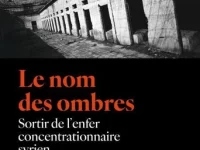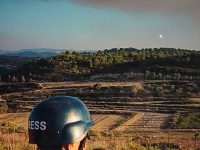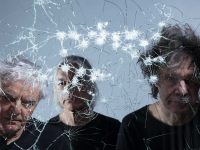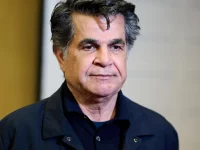Greece. The real danger to the Sacred Rock

PLAKA It wasn’t the first time that a film shoot had been slated for the Acropolis, involving a well-known director who booked the site for a few hours, very early in the morning. The electronic reservation system stopped issuing tickets for the morning of that specific day (April 10), with slots opening at noon, until the Culture Ministry’s Central Archaeological Council gave its final decision: It was no. Yorgos Lanthimos will not be shooting a scene for the last scene of his new film – a science-fiction comedy – on the Sacred Rock. The 70 bodies that were to be strewn between the Propylaia and the Parthenon were deemed to be “incompatible with the symbolism and values represented by the Acropolis, and especially the Parthenon.”
There are very few things on which we would all agree, unequivocally, and one of them is the Acropolis’ designation as a world heritage site. One of the world’s top heritage sites, in fact. Another thing we can agree on is that no one wants to see it harmed by any form of abusive behavior. Let’s just cast our minds back to the thousands of pieces of chewed gum that are every so often prised off the seats of the Herod Atticus Theater or the small dings in the marble steps from high heels.
But once we move away from these two points of convergence, it’s a chaos of subjectivity: Why is one person given permission to use a monument but not another? What are the exact terms for permitting use of a monument? What do we like or not like? What does the responsible committee feel about this artist’s or that artist’s work? And it just goes on and on.
The Audiovisual Producers’ Association weighed into the controversy with a very apt statement, saying: “The obligation to provide justification for administrative decisions – a minimal sign of respect toward the citizen in any state governed by the rule of law – has been reduced to a few words that refer, no less, to the subjective esthetic judgments of the members of an administrative body.”
The council, in short, invoked esthetics as a last resort to cover up its discomfiture. It had no other way to express its rigid intolerance in a polite and vague enough manner. Dead bodies, it said, send the wrong message. We even heard some people go as far arguing that such “optics” would hurt Greece’s bid for the return of the Parthenon Sculptures.
They seem to labor under the misapprehension that the Parthenon needs “good optics” so people don’t get the wrong idea, so that its identity is underscored – as if it were ambiguous or controversial.
The only thing that the Acropolis, the Parthenon and the sculptures are seriously at risk from is their exploitation for political purposes. From their constant exploitation. The dead bodies, at least, are silent.










